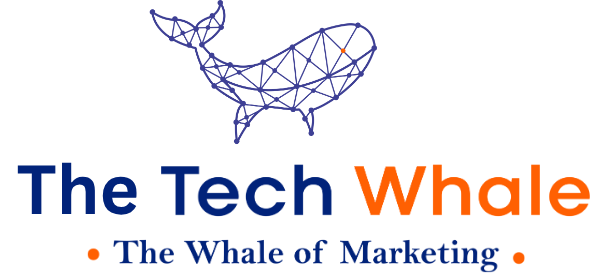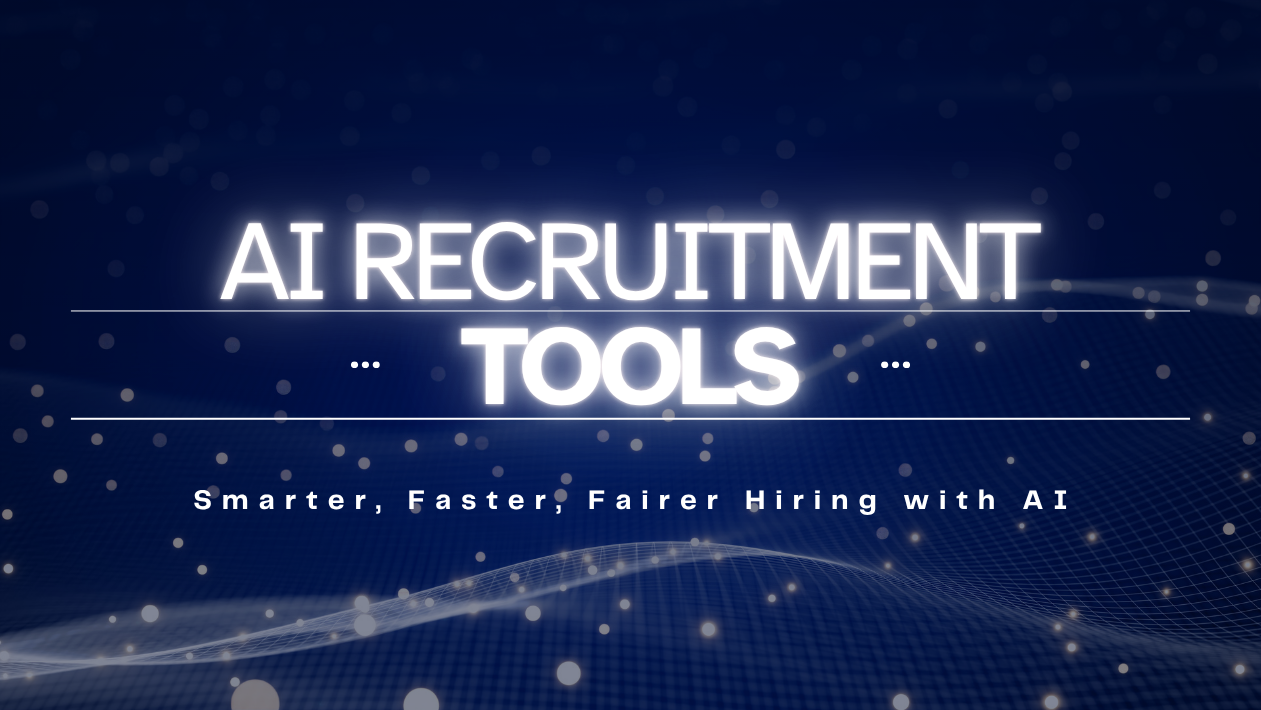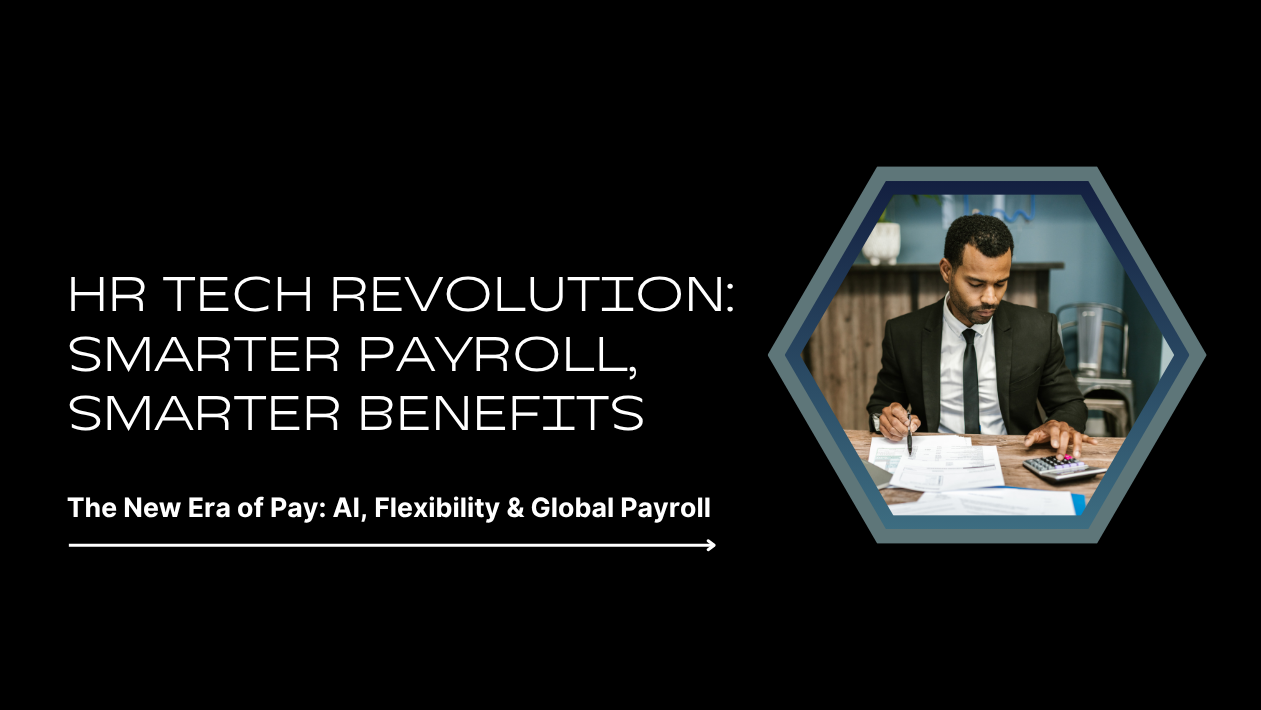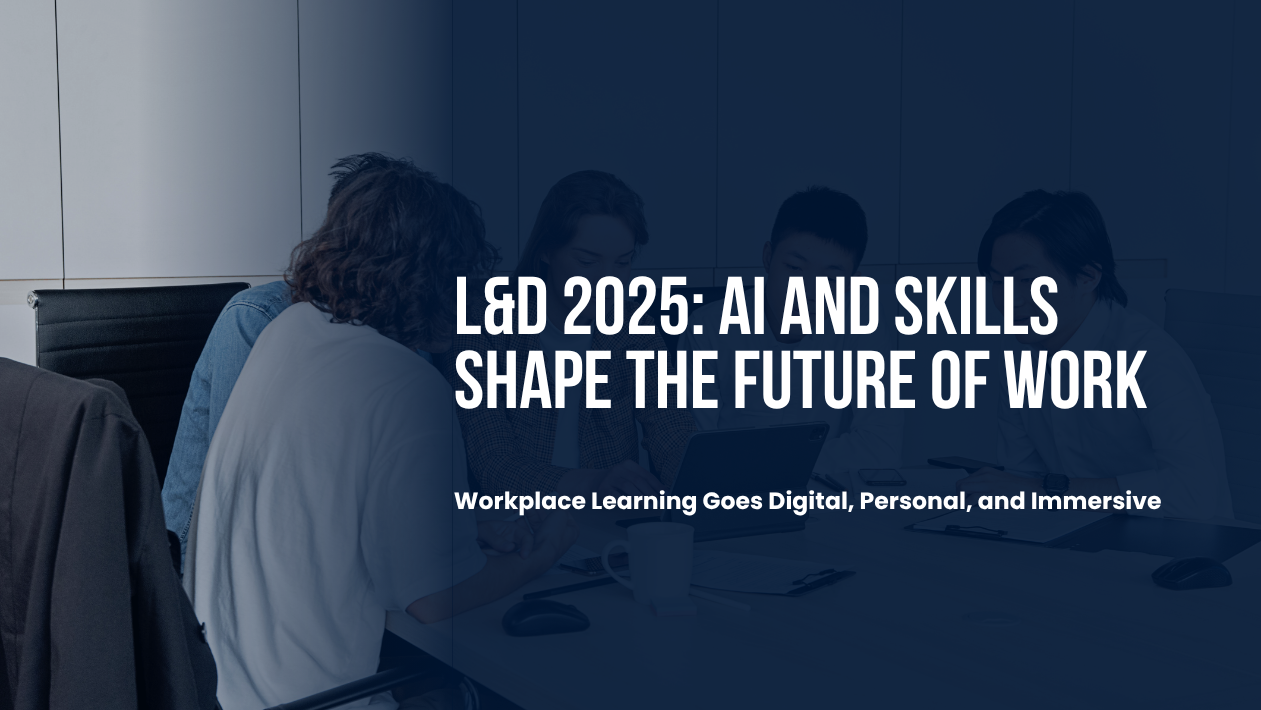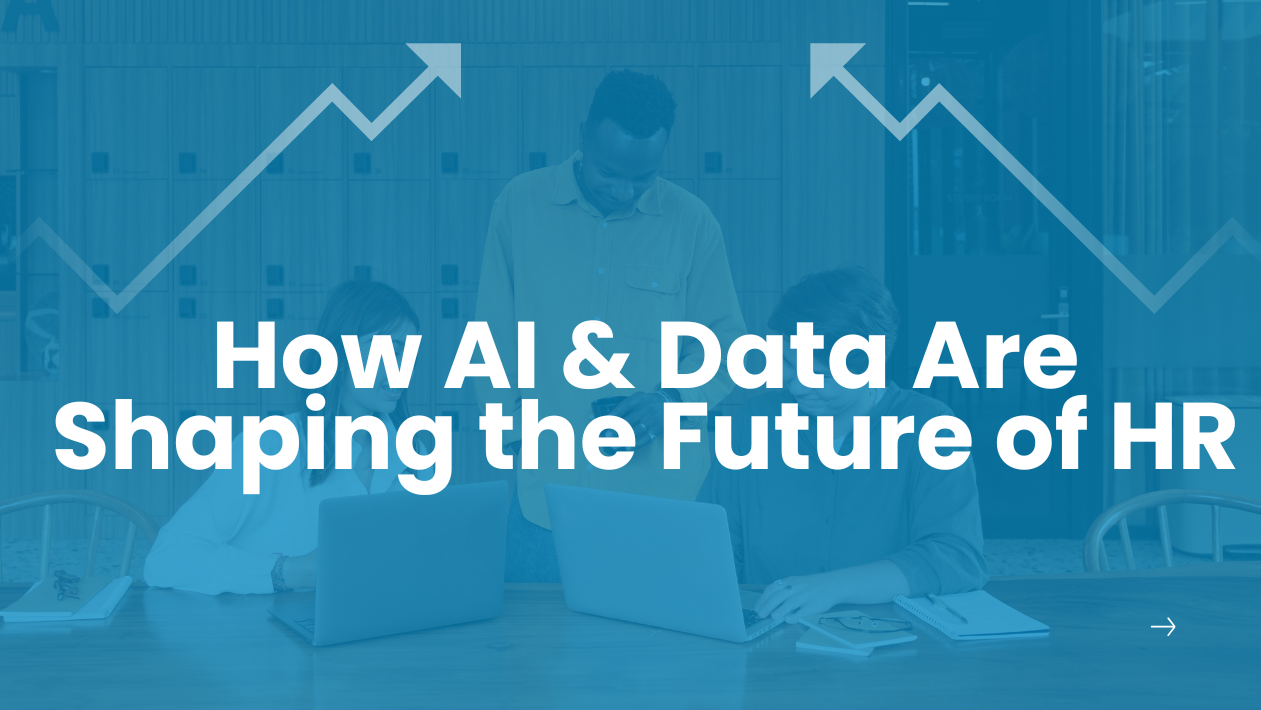As businesses worldwide race toward digital transformation, HR analytics has emerged as a critical force shaping the future of talent management. In 2025, companies are using predictive analytics, AI-powered dashboards, and real-time workforce insights to make smarter, faster, and more strategic decisions.
According to a new report by Deloitte, 84% of CHROs now rely on HR analytics to drive key decisions across recruitment, employee engagement, retention, and organizational planning—a massive leap from just five years ago.
From Reactive to Predictive: HR Turns Data into Strategy
Traditional HR has evolved into a data-first discipline. Today’s HR teams use analytics to predict employee turnover, identify high-potential talent, and measure the impact of leadership decisions in real time.
“HR is no longer about guesswork,” says Ritu Malhotra, Chief People Scientist at a global firm. “We can now forecast attrition risk, optimize training programs, and even simulate workforce scenarios with precision.”
AI and Machine Learning Automate Workforce Insights
Artificial Intelligence is playing a pivotal role in HR analytics. AI models analyze thousands of data points—from performance scores and attendance patterns to communication trends—to identify behavior shifts and predict future outcomes.
Advanced tools like Workday, Visier, and Oracle HCM Cloud are helping HR leaders automate reporting and uncover insights previously hidden in siloed systems.
People Analytics Empower Diversity, Equity & Inclusion (DEI)
HR analytics is driving progress in DEI initiatives by measuring representation, pay equity, and inclusion sentiment across teams. Dashboards provide visibility into gaps, allowing companies to set measurable goals and track progress transparently.
“In 2025, DEI isn’t a buzzword—it’s a measurable business outcome,” says Lianne Brooks, a DEI data strategist. “Analytics gives us the clarity to make meaningful change.”
Employee Experience Metrics Become Central KPIs
Modern HR analytics platforms go beyond headcount and salary data—they now track employee sentiment, engagement scores, burnout risk, and learning impact. These insights are shaping how organizations design their hybrid work environments and employee development strategies.
Data Privacy and Ethical Use of HR Data Under Scrutiny
As the use of personal data in HR increases, so does the focus on data ethics, transparency, and employee consent. Companies are investing in secure systems and governance frameworks to ensure responsible analytics practices.
“Trust is the foundation of people analytics,” emphasizes Marco Chen, Head of HR Compliance at a multinational. “Employees must know their data is protected and used fairly.”
The Road Ahead: Strategic, Agile, and Transparent HR
Looking forward, HR analytics will be deeply embedded into boardroom strategy, helping organizations respond quickly to market changes, talent shortages, and shifting employee expectations. The most successful companies will be those that combine data fluency with human insight to create adaptable, resilient workforces.
